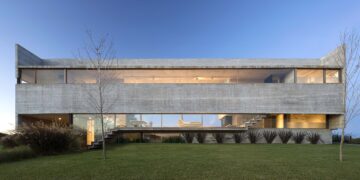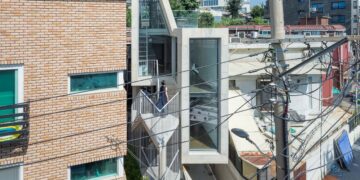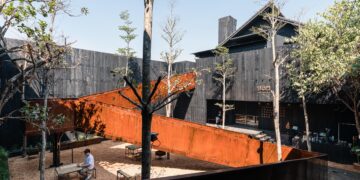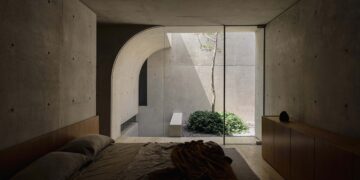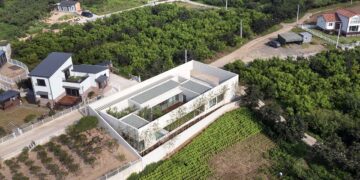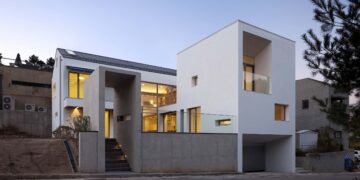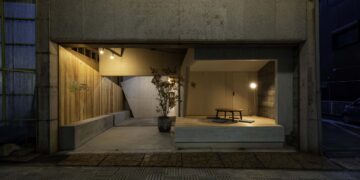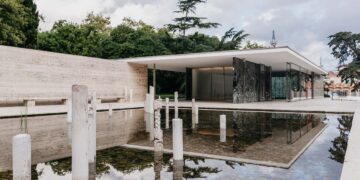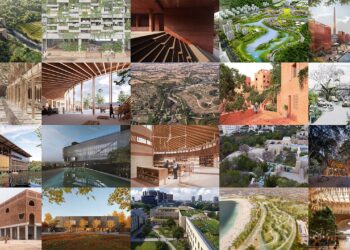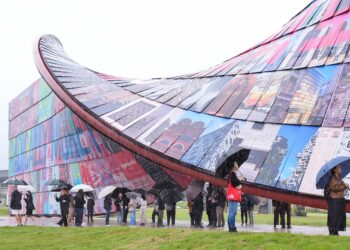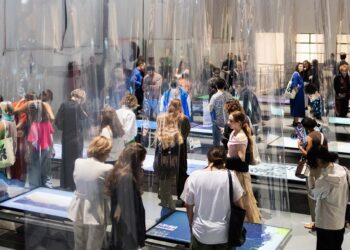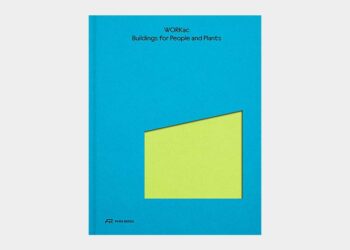
The recipient of the 54th Pritzker Architecture Prize in 2024 has been determined to be the Japanese architect Riken Yamamoto, marking the ninth laureate from Japan and reaffirming Japan’s status as the country with the most recipients.
Yamamoto views space as a factor that enriches people and social communities, seeking social opportunities at the boundary between public and private realms. This philosophy is evident throughout his architecture, characterized by transparency through the use of glass and terraces, facilitating openness. The jury also noted these aspects, emphasizing Yamamoto’s consistent application of rational design strategies that blur the lines between public and private dimensions, fostering spontaneous interactions.
The form of his designs communicates his strong beliefs through simple modular structures, allowing people to shape their lives within his architecture with elegance, normality, poetry, and joy. Yamamoto focuses on connecting individual lives and social communities by valuing the relationship between architecture and the urban landscape, completing humble yet contextually appropriate designs.
Alejandro Aravena, the chairman of the jury and the 2016 Pritzker laureate, believes that many ideals embodied in Yamamoto’s work can be applied to future cities. He stated, “One of the things we need most in the future of cities is to create conditions through architecture that multiply the opportunities for people to come together and interact. By carefully blurring the boundary between public and private, Yamamoto contributes positively beyond the brief to enable community.”

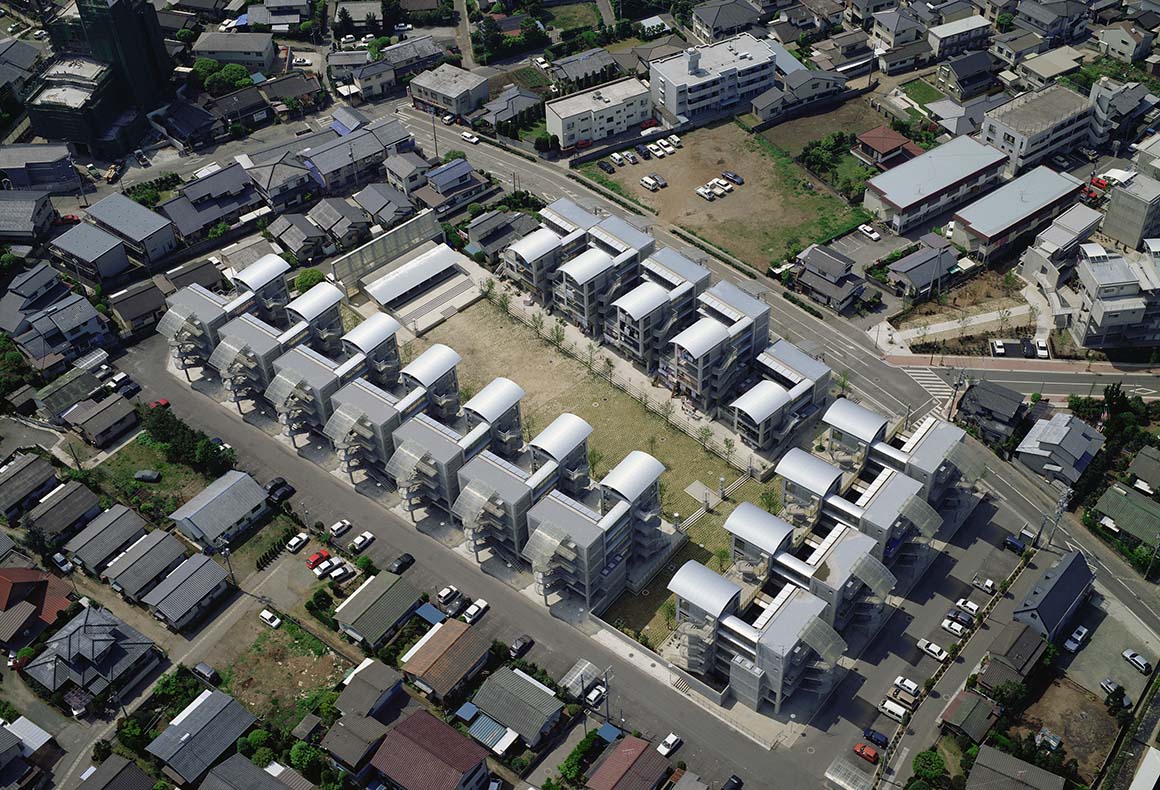



Yamamoto graduated from the Department of Architecture at Nihon University in 1968 and earned a master’s degree from the Department of Architecture at Tokyo University of the Arts in 1971. He then founded Riken Yamamoto & Field Shop Co. in 1973. Born in Beijing, he relocated to Yokohama, Japan, shortly after World War II, an experience that laid the foundation for his current architectural philosophy. The traditional Japanese house ‘machiya’ where he lived connected his mother’s pharmacy in the front to the neighborhood in the back, illustrating his belief that one side served the family while the other served the local community. Yamamoto often sat between the two.
Early in his career as an architect, he embarked on a journey to explore communities and cultures worldwide, traveling for months with architect Haruhiro Hara. Through this process, he concluded that the concept of ‘threshold’ was universal, defining the boundary between public and private spaces. While the appearances of villages varied, their cultural worlds, rooted in architectural systems, shared similarities. Throughout history, human societies have been built around fluid boundaries between public and private spaces. However, in modern cities, these realms have become distinctly separated, diminishing the need for social relationships.




Yamamoto’s early contemplations on the relationship between humans and society laid the foundation for his architectural endeavors. His initial project, Yamakawa Villa in Nagano, Japan (1977), designed with open terraces in a forest setting, became the prototype for his subsequent architectural works. Examples include the Hotakubo Housing in Kyoto, Japan (1991), which connects generations and cultures with its central square surrounded by trees and 110 houses. The transparency and openness evident in these housing projects are also reflected in other notable works, such as the Hiroshima Nishi Fire Station, Saitama Prefectural University, Pangyo Housing in South Korea, and Tianjin Library in China.
His interest in observing social communities led him to create shared space systems in various forms to bring people together. Yamamoto’s architecture allows for everyday experiences regardless of function or scale. For him, viewing space is synonymous with observing communities. Despite the rapid expansion of cities and societies over the past half-century, Yamamoto’s architecture continues to connect human daily lives, dignifying them with a sense of nobility.
Throughout his career, Yamamoto has received accolades such as the Mainichi Art Awards (1998), Japan Institute of Architects Awards (1988, 2002), Japan Arts Academy Award (2001), Public Buildings Prize (2004, 2006), Good Design Gold Award (2004, 2005), and Japan Institute of Architects Prize (2010). In 2013, he was appointed as a member of the International Academy of Architecture. Following the Tohoku earthquake in 2011, he dedicated himself to community architecture activities, establishing a research institute. After serving as a professor at the Graduate School of Architecture and Engineering at Yokohama National University, he is currently teaching at Tokyo University of the Arts. He resides in Yokohama and continues his architectural pursuits.

